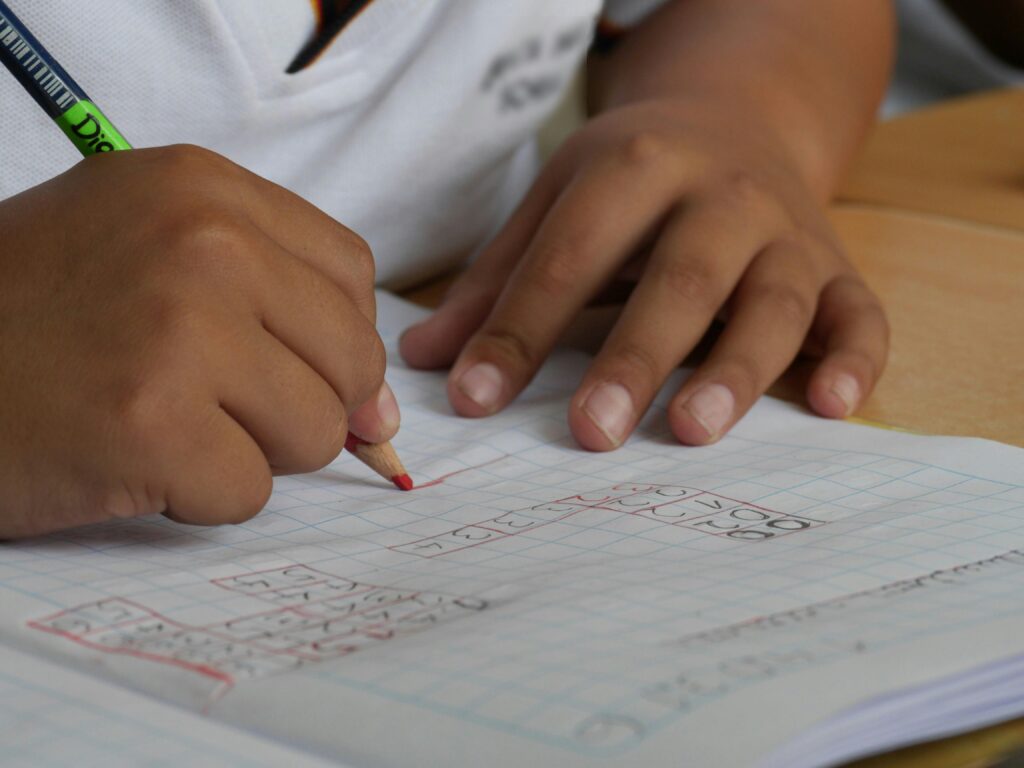
Educating for a Future That No Longer Exists
We often hear it: “We’re preparing children for the future of work.”
It sounds reassuring. Comforting, even. But here’s the uncomfortable truth:
That “future” we think we’re preparing them for? It doesn’t exist anymore.
The Jobs Are Already Changing
Think about it:
- The accountant? AI-powered platforms like Xero and QuickBooks already automate bookkeeping, reconciliation, and even financial forecasting. Some small firms have cut accounting costs by up to 40% with AI integration.
- The graphic designer? Tools like MidJourney and Canva’s AI design features now create logos, posters, and brand kits in minutes. What used to take a skilled designer hours now takes anyone seconds.
- The translator? Instant voice apps like Google Translate with real-time speech conversion can translate conversations across dozens of languages on the fly. That’s not just “assistance”—it’s disruption.
- The junior lawyer? Legal AI platforms are drafting contracts, reviewing compliance documents, and scanning case law in minutes. A junior associate who used to take 10 hours? GPT-style tools now do it in 20 minutes.
And these are not “futuristic scenarios.” They’re happening right now.
The Education Paradox
Yet schools, for the most part, are still running on the same operating system designed in the Industrial Age. A system built for factory work:
- Sit in rows.
- Memorise.
- Pass the test.
We’re preparing kids for jobs that either no longer exist or will be done faster, cheaper, and more accurately by algorithms. It’s like training young people to repair typewriters in the age of smartphones.
So What’s Left?
Not jobs.
Capabilities.
Because while AI can do tasks, it struggles to embody the human edge.
🔹 Adaptability – the ability to shift gears when the world shifts beneath your feet.
🔹 Courage – to face uncertainty, to try, to fail, to try again.
🔹 Creativity – not just producing outputs, but imagining what doesn’t yet exist.
🔹 Compassion – empathy, care, human-to-human connection.
🔹 Problem-Solving – integrating knowledge, context, and wisdom in real-world messiness.
These are not just “soft skills.” They are survival skills.
Why Capabilities Trump Careers
If we keep teaching children only for specific careers, we’re setting them up to be obsolete before they even graduate. But if we teach them capabilities, they will always have a way forward.
For example:
- A young person with financial literacy + adaptability can pivot from a traditional accounting track into fintech, digital assets, or ethical investing.
- A child with creativity + compassion could design solutions for elder care using AI-driven tools.
- A teenager with problem-solving + courage might launch a community initiative that becomes a business—or a movement.
Capabilities don’t expire. They grow. They transfer. They sustain.
How We’re Responding at Stewards.ONE
This is why, at Stewards.ONE, education is not just about exams. It’s about building 360° capability development:
- Academic excellence.
- Character formation.
- Business and career awareness.
- Real-world readiness.
We created programmes like Awaken (character & life capabilities) and Real World Readiness (RWR) (career and business pathways) because children need more than certificates. They need confidence, resilience, and adaptability. When the ground beneath them shifts—and it will—it’s capabilities that keep them standing.
The Question We Must Ask
Do you think education is stuck in the past?
Or can it catch up to the speed of change?
Because one thing is clear:
The future that schools are preparing children for no longer exists. It’s time to educate for the future that is being built right now—one capability at a time.






Responses